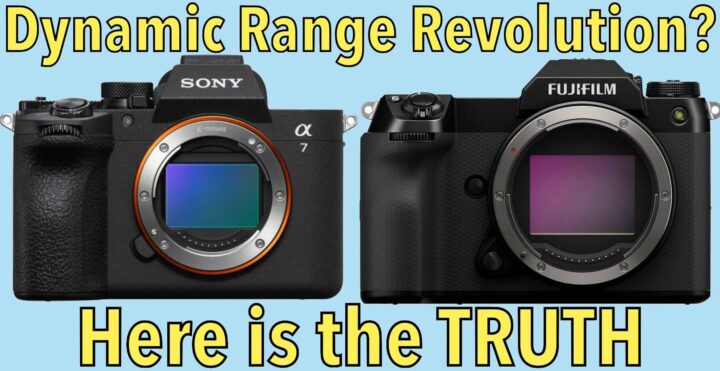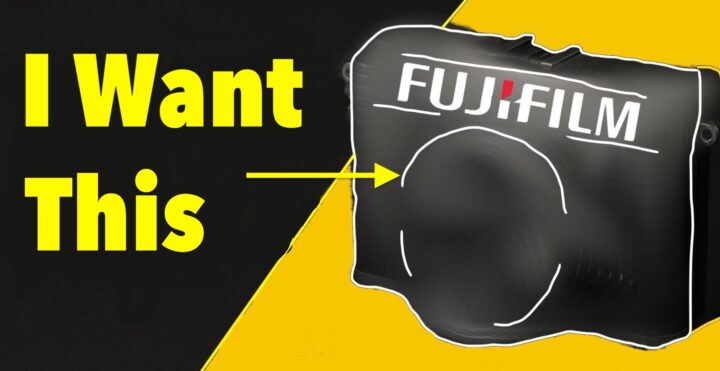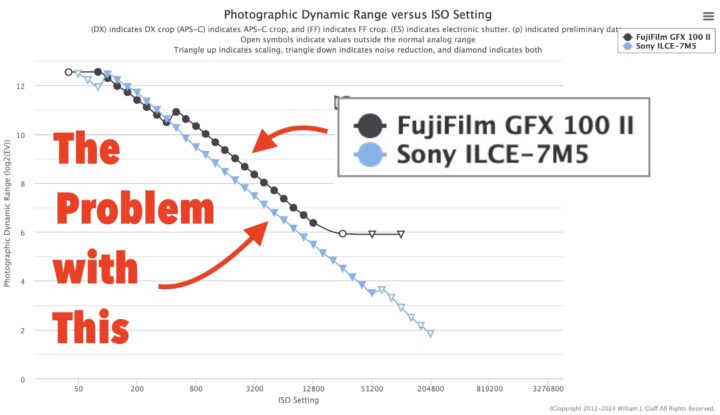Fujifilm’s Sony-Level Autofocus Is Already Here — Hidden in Pre-Shot Mode, Waiting to Be Unlocked
Here We Are Again
When Fujifilm broke autofocus with last year’s firmware updates, Edvard was one of the YouTubers who delivered the most detailed, methodical, and technically grounded coverage of the issue.
Some people don’t like his tone. Others dislike the sarcasm or the way he presents his findings. That’s fine. None of that matters.
What matters is that his findings were legitimate.
And because they were legitimate, we shared several of his videos here on FujiRumors. And so we will do again today.
It’s a long video, which I will sum up below for you – a short version and a more detailed version.
Certain YouTubers Ignore Reality ;)
But before we get into the test results, I need to address something.
Sometimes, you hear accusations that “FujiRumors is a Fujifilm propaganda machine.”
I mention this now because in Edvard’s video, there’s a YouTuber who was “featured” and who, last year, claimed I deliberately don’t report on Fujifilm AF problems—that I only push propaganda.
There’s just one problem with that narrative.
Beyond the fact that when large YouTubers discredit FujiRumors it obviously hurts the blog’s reputation (you then see angry comments towards me), the real issue is something else:
At the time the YouTuber made those claims, I had already shared on FujiRumors his very own video in which he rants against Fujifilm autofocus—along with many other critical videos and several articles on the same topic.
That’s a textbook example of cognitive bias: ignoring observable facts, blanking out reality, and repeating a story that fits one’s pre-existing beliefs rather than what actually happened.
Facts, however, don’t care about narratives.
And FujiRumors will continue to report both the good and the bad—regardless of who finds that inconvenient.
FujiRumors exists for Fujifilm camera users, not for Fujifilm as a corporation. And that’s why, once again, we have to talk about autofocus.
The Findings in Short
NOTE: extensive summary of the 34+ minutes video below
Edvard noticed that in pre-shot mode – when you half press the shutter button and the camera starts saving images on the camera – the camera has a terrific autofocus.
Focus transitions from far to near (and back) are smooth and confident. Subject tracking is excellent. You can actually hear the lens making constant micro-adjustments, a clear sign that the camera is performing many AF calculations per second. There is no hesitation, no stalling halfway through a focus pull—just continuous, fluid, sold, sticky AF behavior.
In fact, it’s so smooth and fast that at minute 4:52 he literally says:
This is Sony-like autfocus, guys!
And that’s where the real problem emerges.
The moment you fully press the shutter, autofocus behavior changes. The camera appears to perform fewer AF calculations, the lens moves in larger steps, and the result is visible hunting—especially when transitioning between near and far subjects.
Interestingly, fast burst modes help. On his X-T3, shooting at 30fps with a 1/100s, Edvard reports “the smoothest tracking I have ever seen on a Fujifilm camera.”
Which leads to an unavoidable conclusion:
The autofocus performance is already there.
Fujifilm just needs to bring the Pre-Shot AF behavior to all shooting modes.
Conclusions
Rather than seeing Edvard’s video as an attack on Fujifilm, it should be seen as good news: the performance photographers are asking for already exists inside the camera. It just needs to be unlocked more consistently.
If Fujifilm manages to bring that Pre-Shot autofocus behavior to all shooting modes, then this discussion ends overnight—and Fujifilm autofocus suddenly becomes a non-issue for everyone.
And that’s exactly why it’s important to talk about these things.





